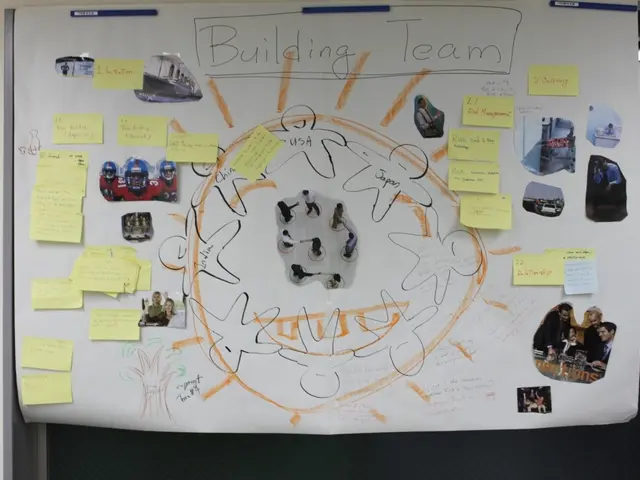Untamed Secrets Unveiled: A Journey into the Unknown
In the Science Museum's Who Am I? gallery, Esther Fox's thought-provoking art installation, "Pandora's Box," invites visitors to contemplate the ethical implications of pre-natal genetic screening. The artwork, on display until September 2016, serves as a poignant commentary on the power and peril of genetic technologies.
The installation, a collaboration with artist Felicity Boardman, draws parallels between the myth of Pandora and the unintended consequences of pre-natal genetic screening. The central piece is a gilded casket, symbolizing inner beauty and knowledge, from which emerges a double helix style twist made from computer punch tape, representing the early era of data collection and storage.
Strips of velum, an ancient medium, are used to emboss excerpts from a study about prenatal genetic screening, while the Hippocratic Oath is embossed on a lead casket, underscoring the historical and ethical dimensions of the debate. The artwork also represents multiple voices of people affected by the genetic condition Spinal Muscular Atrophy, as taken from a study by Felicity Boardman.
Esther Fox, a full-time worker, wife, and active member of society, has long been interested in how art can stimulate public discussion about complex ethical issues. She feels that her disability is a part of her identity, teaching her resilience, creative problem solving, and the ability to communicate with diverse people.
"Pandora's Box" encourages thoughtful contemplation and expresses complex emotional subject matter. Fox urges everyone to consider the wide-ranging implications that more widespread pre-natal genetic screening would have on society. She hopes to encourage public commentary on the artwork, inviting viewers to share their thoughts on the topic of genetic screening on Twitter using #geneticscreening.
Before creating "Pandora's Box," Fox predominantly worked as a painter. However, this installation marks a significant shift in her artistic approach, reflecting her deep concerns about the ethical challenges associated with pre-natal genetic screening. The artwork serves as a powerful reminder that every life, like Pandora's box, holds unpredictable outcomes, and that the balance between genetic insight and ethical risks must be carefully considered.
[1] For more information about the development of the artwork, visit [link to the source].
Engaging with powerful themes of science, health-and-wellness, mental-health, and fitness-and-exercise, Esther Fox's art installation, "Pandora's Box," fosters deep reflections on the ethical implications of pre-natal genetic screening. By presenting gripping portrayals of personal stories surrounding genetic conditions like Spinal Muscular Atrophy, Fox encourages viewers to contemplate the potential impact of widespread pre-natal genetic screening on all aspects of societal well-being.








